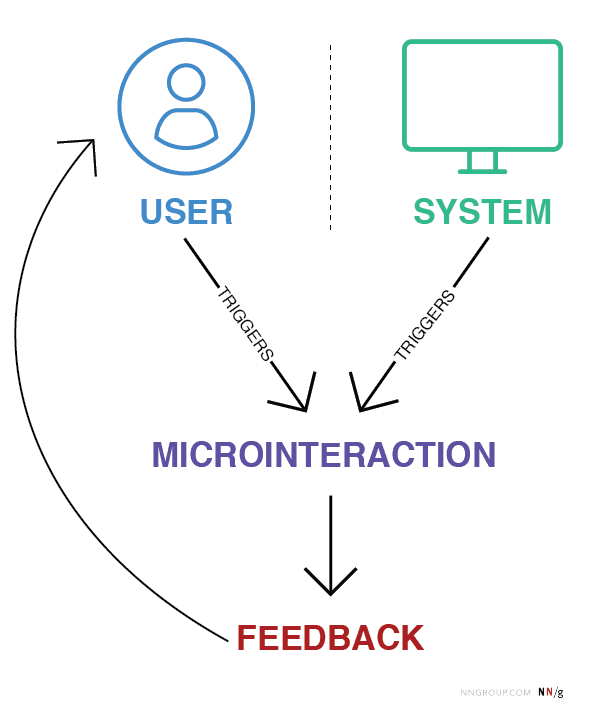User testing is a critical strategy for game designers to collect insights and evaluate the functionality, usability, and overall experience of a product. Developers can use various methods to collect feedback from both pre-launch and post-launch testing, including remote user testing and focus groups. User testing helps identify and fix usability issues, understand player preferences, and improve game engagement. Tips for conducting successful user tests include recruiting the right participants, setting clear goals, using screen recording and observations, preparing clear instructions, and encouraging honest feedback. Ultimately, user testing is instrumental in creating a product that meets the needs and preferences of the target audience.
The Importance of Player Feedback in Game Design: Strategies for User Testing
Game development is a complex process that requires strong creative skills as well as technical expertise. Developers have to design games that appeal to the target audience and provide an immersive experience. In the fast-paced digital culture, it is essential to create products that stand out and generate high engagement. Here comes the importance of player feedback in game design. User testing is a critical strategy that game developers use to collect insights and fine-tune their products. This article explores the benefits of user testing and provides a comprehensive guide for game designers to conduct successful user tests.
The Benefits of User Testing
User testing is a type of research that involves gathering data from real users to evaluate the functionality, usability, and overall experience of a product. In the case of game design, user testing can help developers understand the following:
- How players react to different game mechanics
- What features players find exciting or boring
- What challenges players face and how they overcome them
- How players navigate the game and accomplish their goals
- How the game’s UI and controls affect player experience
Based on these insights, game developers can fine-tune their products to create a more engaging and user-friendly experience. Here are some of the benefits of user testing.
Identify and Fix Usability Issues
User testing helps developers identify critical usability issues that may hinder players from enjoying the game. For example, a game might have a control scheme that is too complex, making it difficult for players to execute actions. User testing can help determine such issues and provide direction for developers to address them.
Understand Player Preferences
User testing provides developers with a wealth of information about player preferences. For instance, developers can discern which game mechanics and features players enjoy and which ones they find uninspiring. With this information, game developers can focus on creating experiences that resonate with players.
Improve Game Engagement
By understanding player preferences and addressing usability issues, developers can improve user engagement. Players are more likely to engage with games that provide them with a satisfying experience, and user testing is instrumental in creating a product that meets this criterion.
Strategies for Conducting User Tests
Now that we have established the benefits of user testing let us explore some strategies for conducting user tests. Game developers can use various methods to collect feedback from users. Here are some of the most common strategies:
Pre-Launch Testing
Pre-launch testing involves collecting feedback from users before the game’s official release. It includes closed beta testing, where developers invite a select group of players to test the game and provide feedback. Pre-launch testing provides developers with insights into what players expect from the game and helps them fine-tune the product before its release.
Post-Launch Testing
Post-launch testing involves collecting feedback after the game’s release. Players can provide feedback via various channels, including forums, social media, and customer reviews. Post-launch testing provides developers with insights into how the game performs in the market and any issues players are having with the game after its release.
Remote User Testing
Remote user testing involves collecting feedback from users who are not physically present. It can include tasks such as surveys, questionnaires, and interviews. Remote user testing allows developers to collect feedback from a broad spectrum of users without geographical limitations.
Focus Groups
Focus groups are a type of user testing that involves gathering a small group of players to provide feedback on the game. Developers can use this testing method to collect in-depth insights and observe the players interacting with the game.
Tips for Conducting User Tests
Now that you have an understanding of user testing strategies let us explore tips for conducting successful user tests. Follow these tips for successful user testing:
Recruit the Right Participants
Recruit participants who align with the game’s target audience. Participants should match the characteristics of your intended user demographic. Consider age, gender, experience, and interests.
Set Realistic Goals
Set clear goals for the user test. Define what you want to achieve and focus on collecting data aligned with defined goals. Avoid collecting data that does not help inform design decisions.
Use Screen Recording and Observations
Use screen recording and observation software. These tools can help you capture the participant’s real-time behavior, including facial expressions and body language.
Prepare Clear Instructions
Prepare concise and clear instructions for participants. Ensure they understand what you want them to do and have everything they need to complete the test.
Encourage Honest Feedback
Encourage participants to provide honest feedback. Let them know that their opinions matter and will help inform how the game is developed.
Conclusion
In conclusion, user testing is a critical strategy for game developers. It helps developers collect valuable insights and understand player preferences. By analyzing user feedback, developers can improve game engagement and create products that resonate with the target audience. With the tips and strategies provided in this article, developers can conduct successful user tests and improve user satisfaction.
